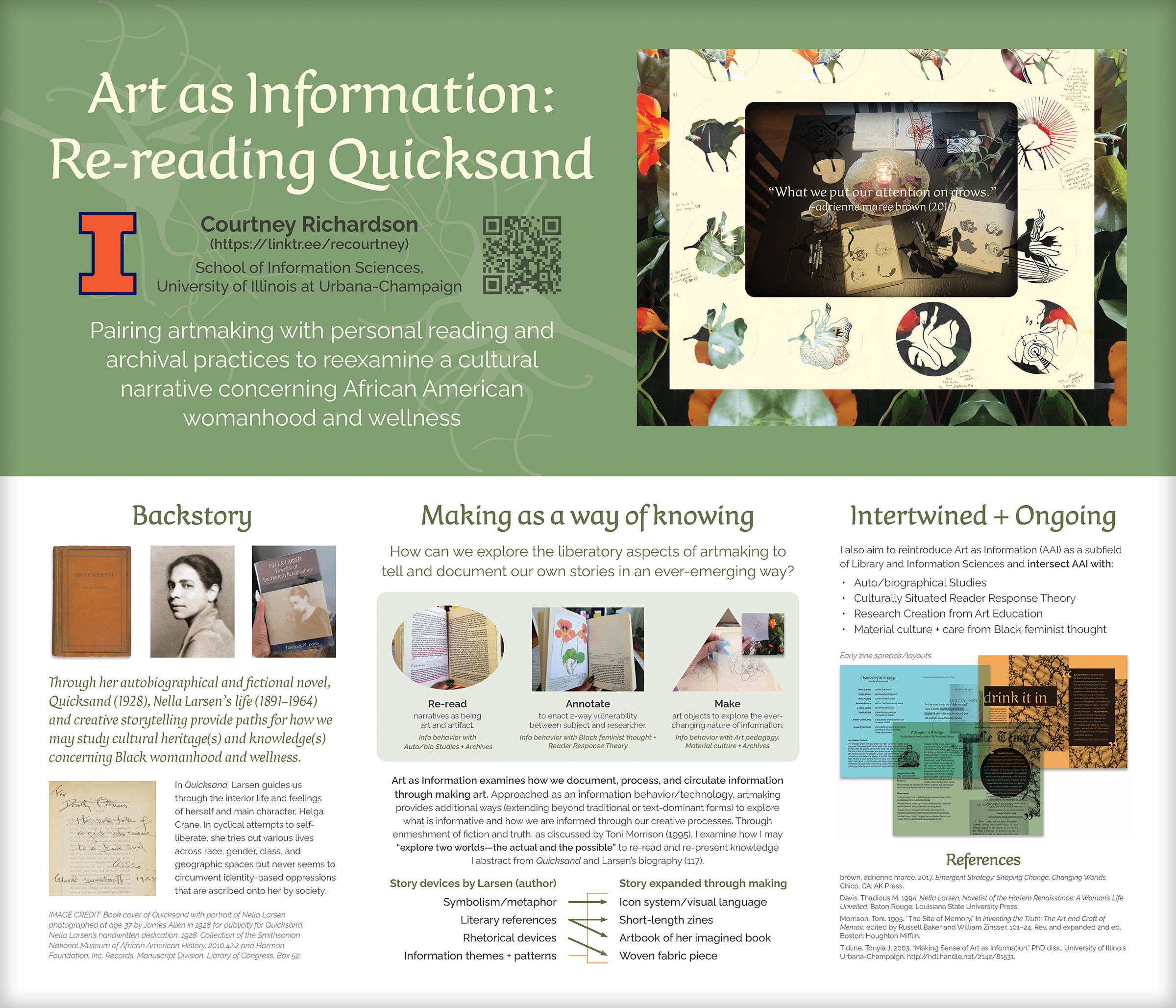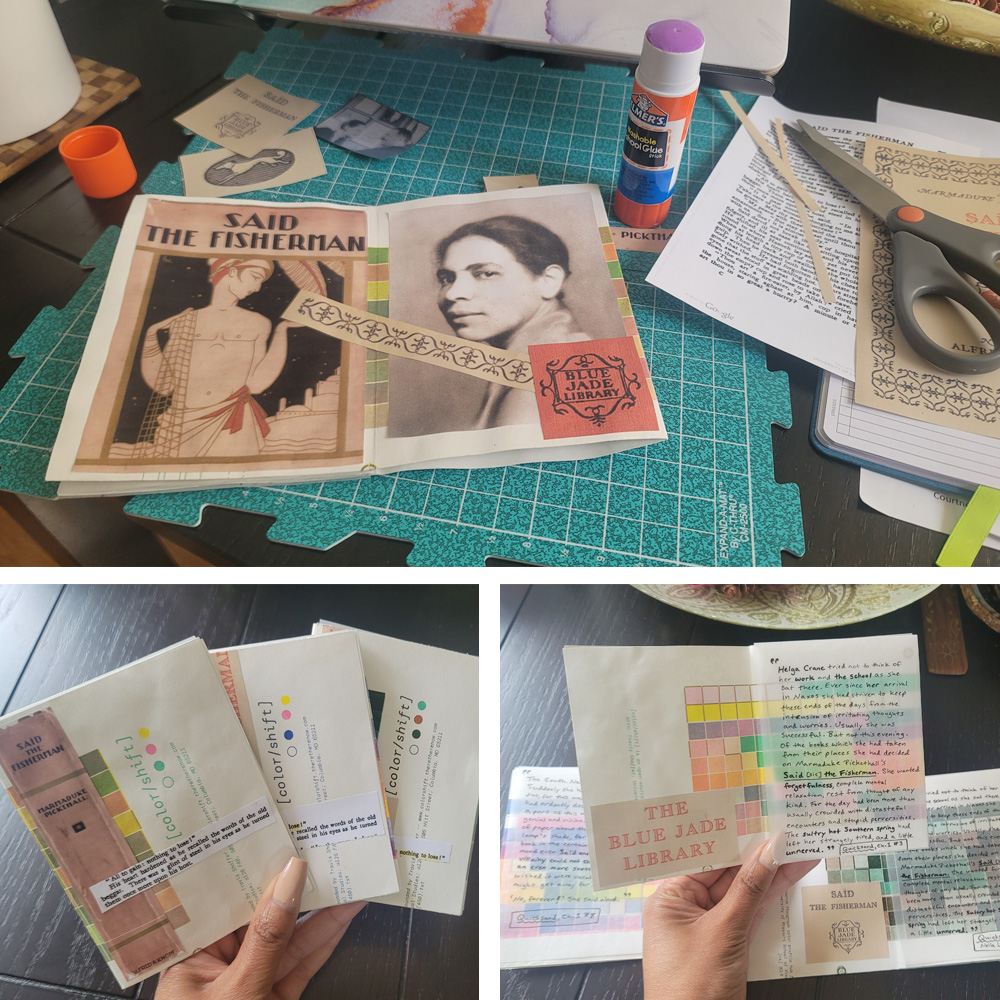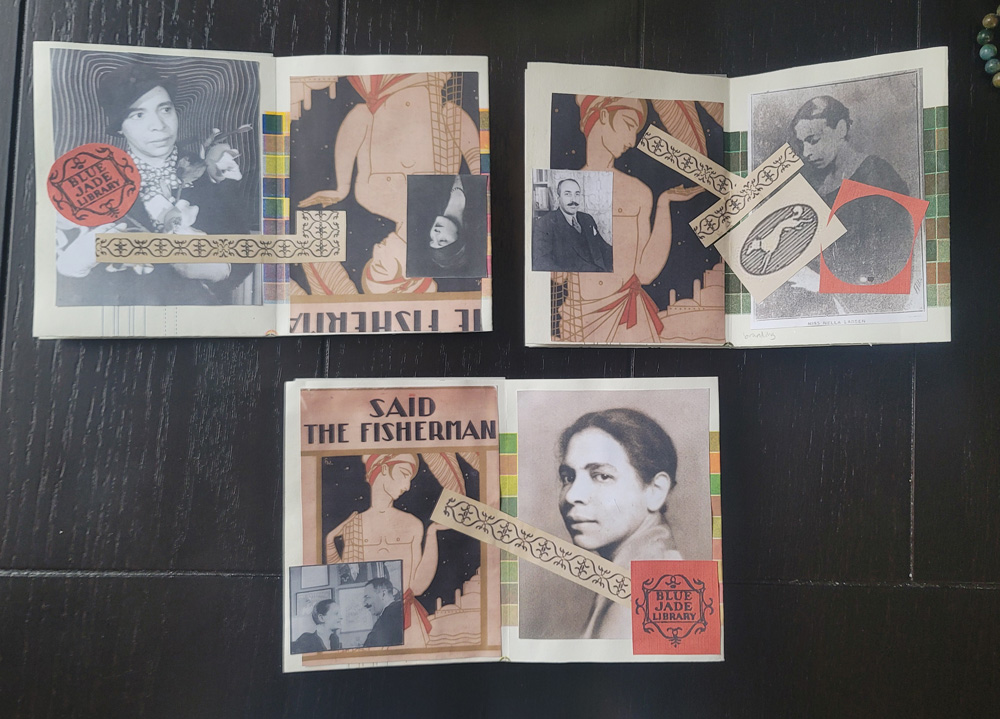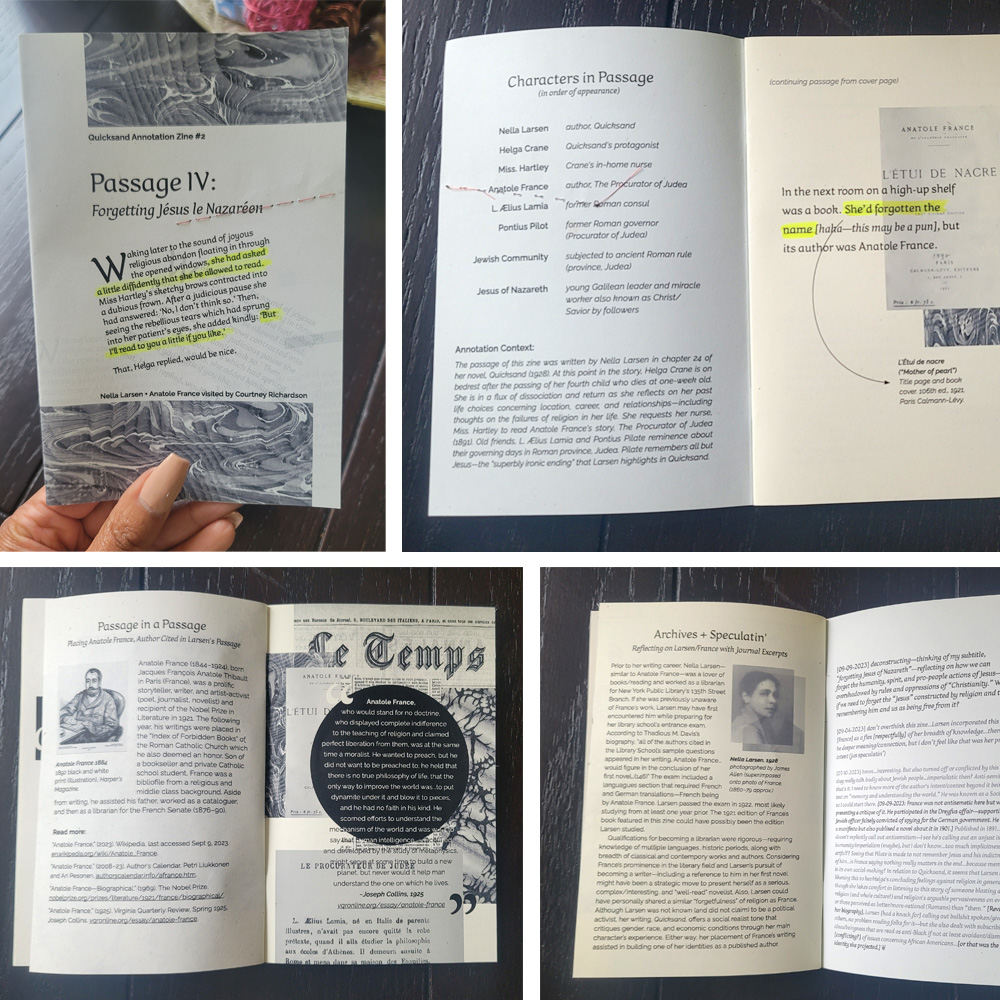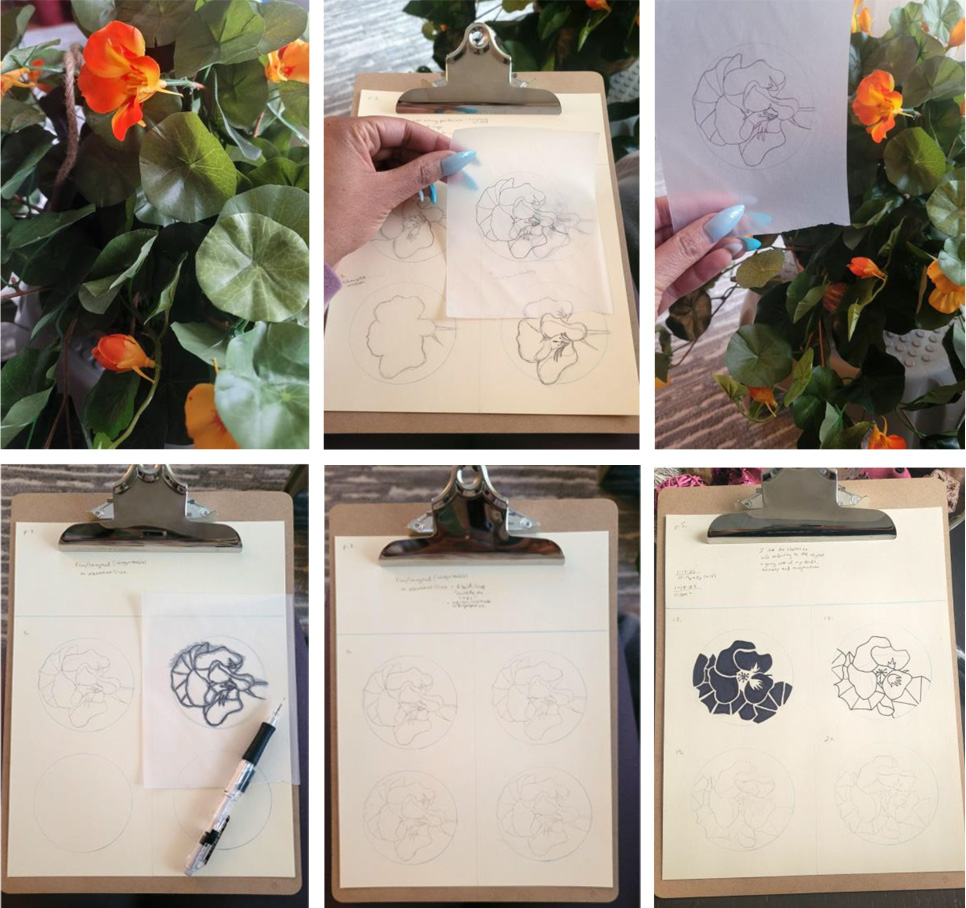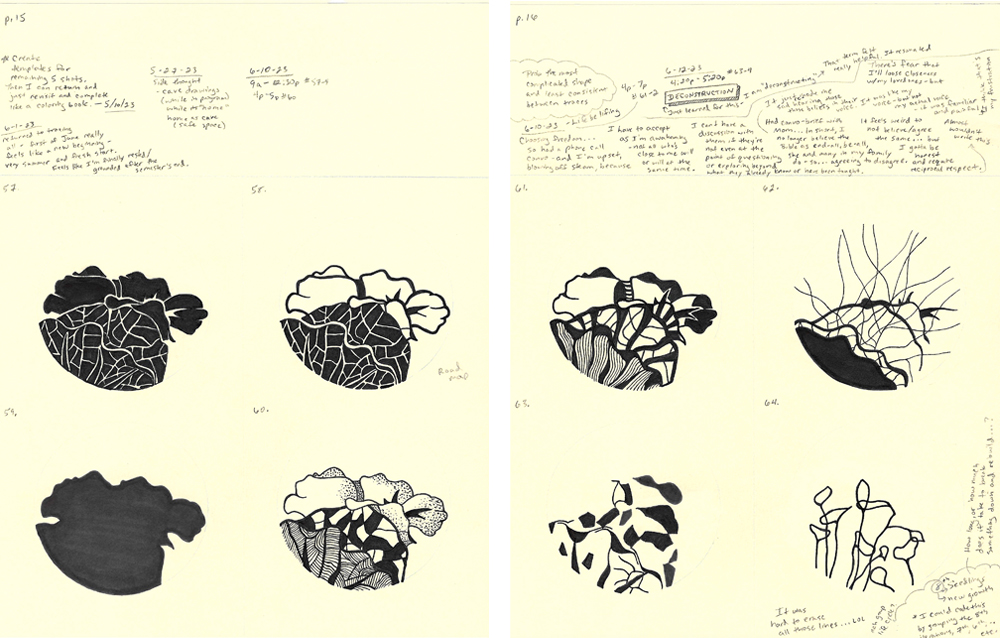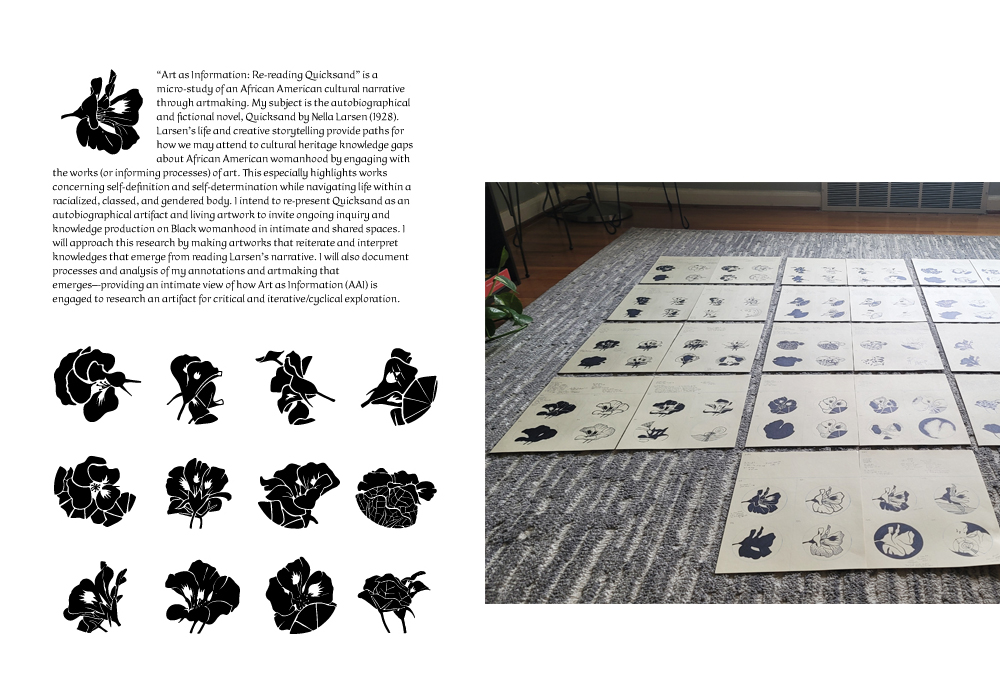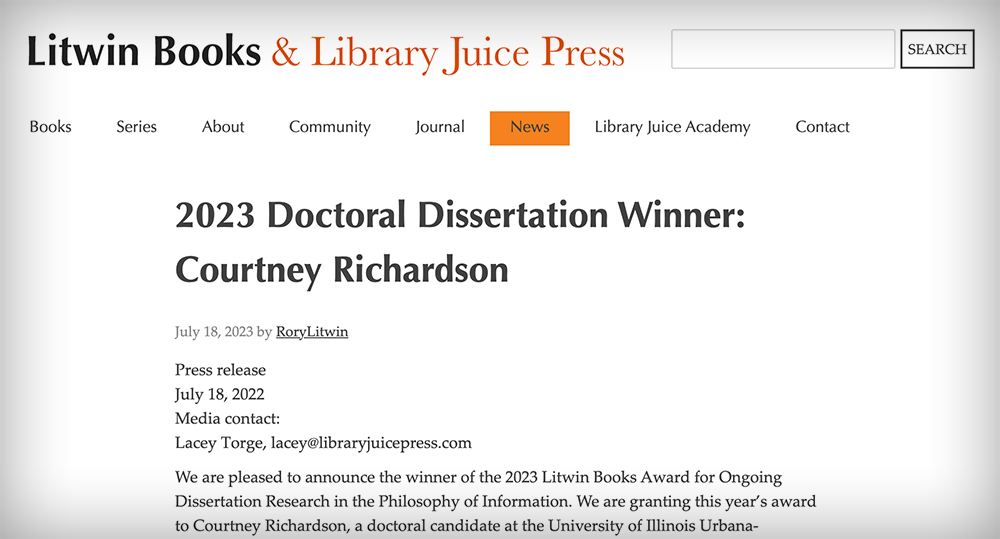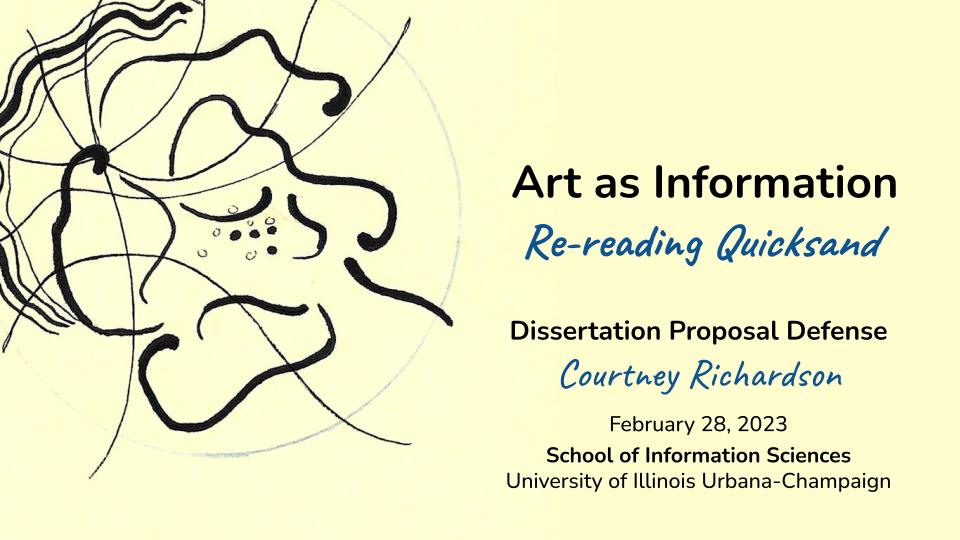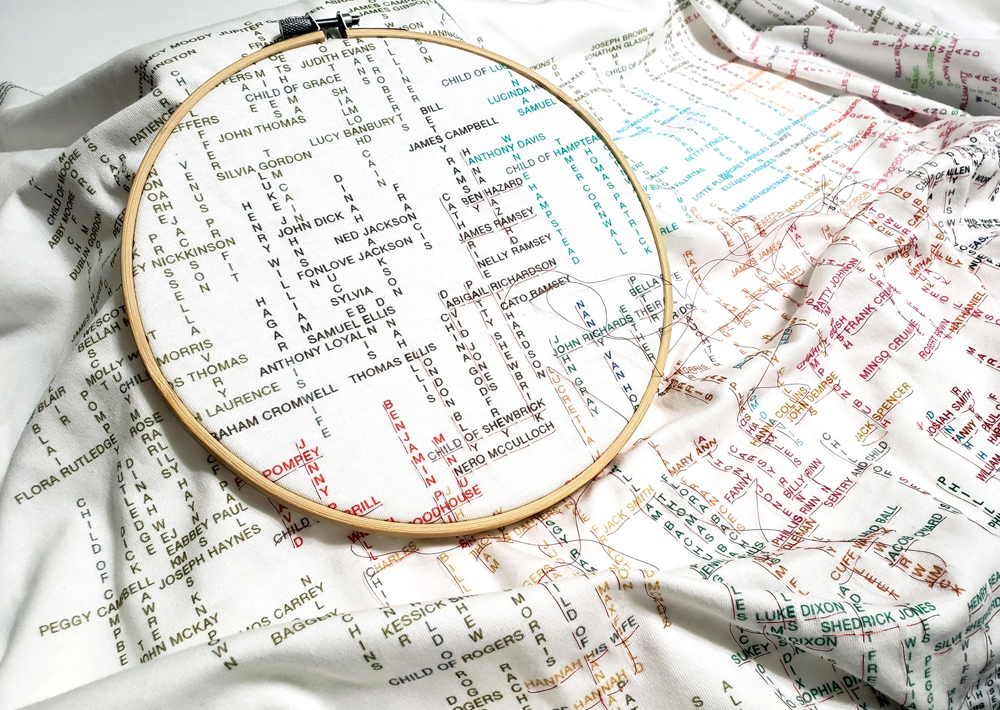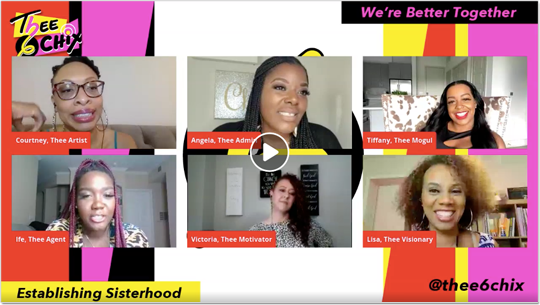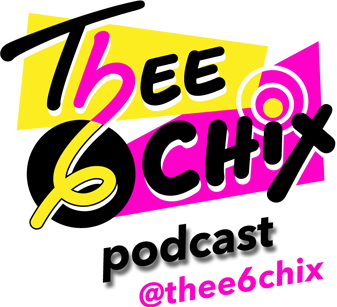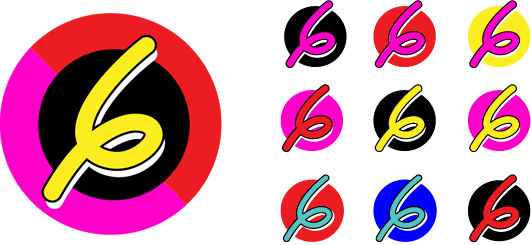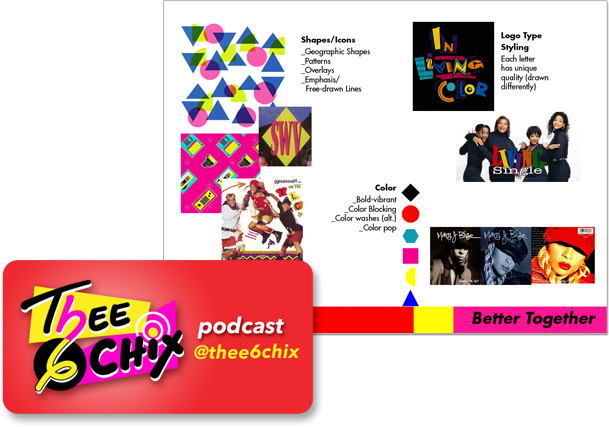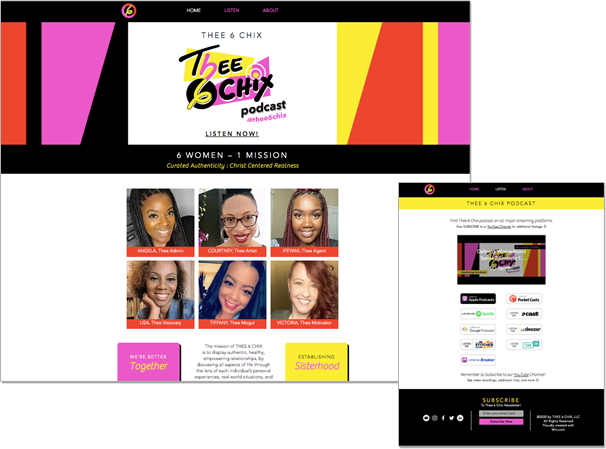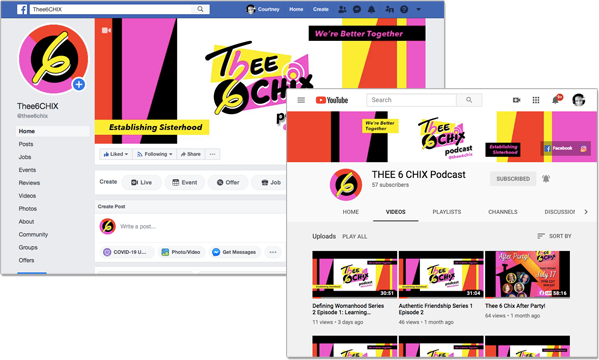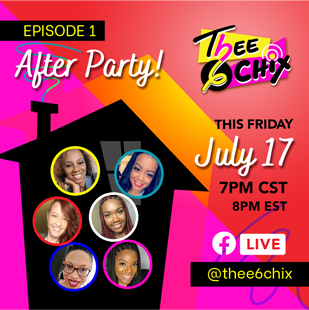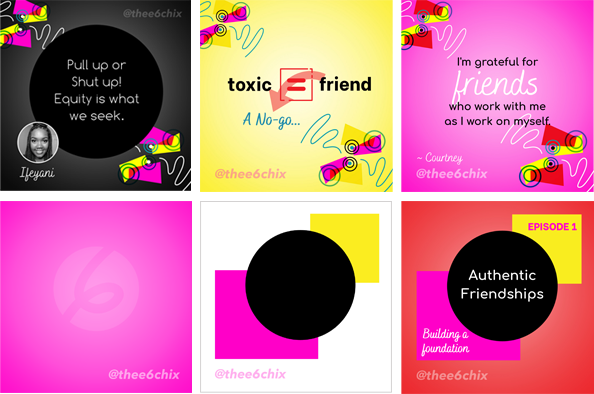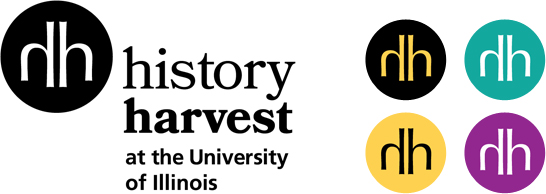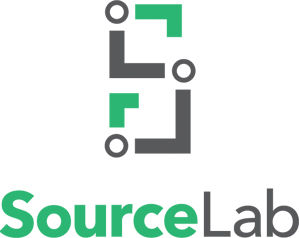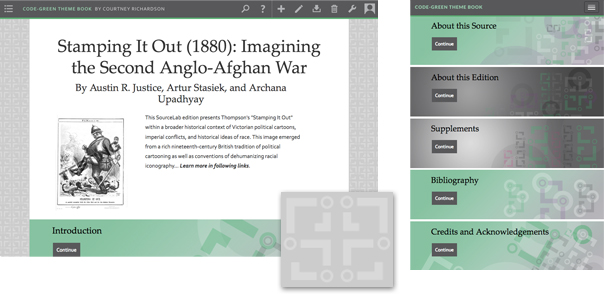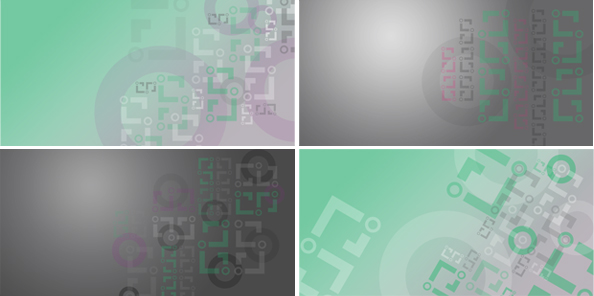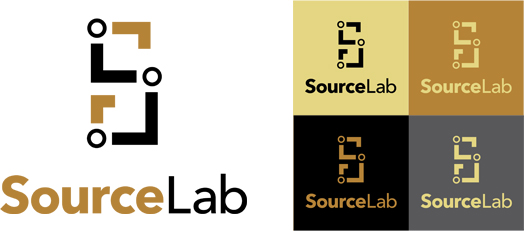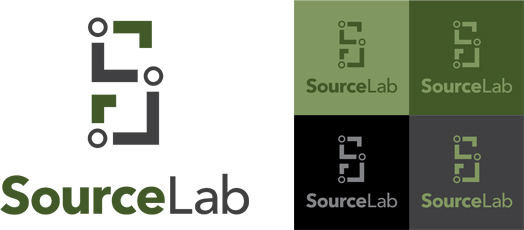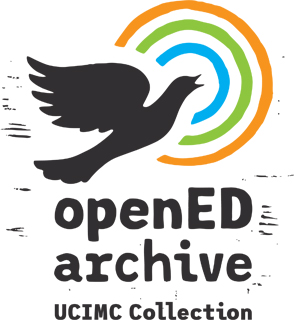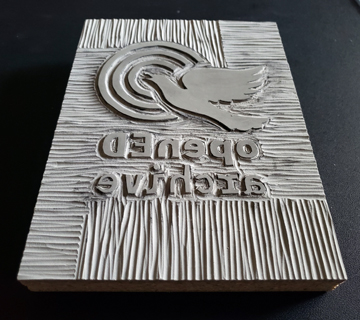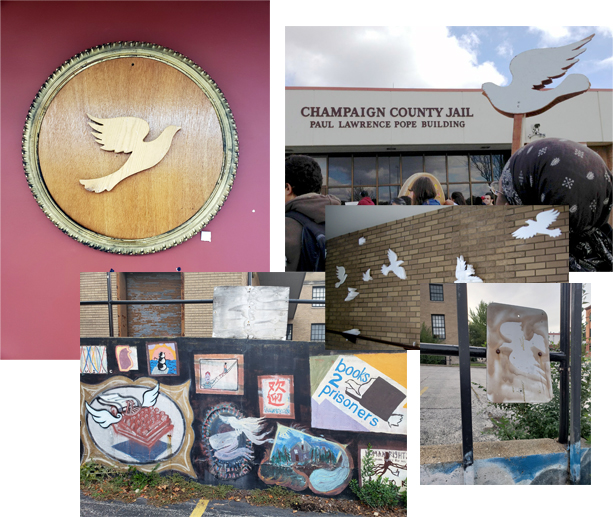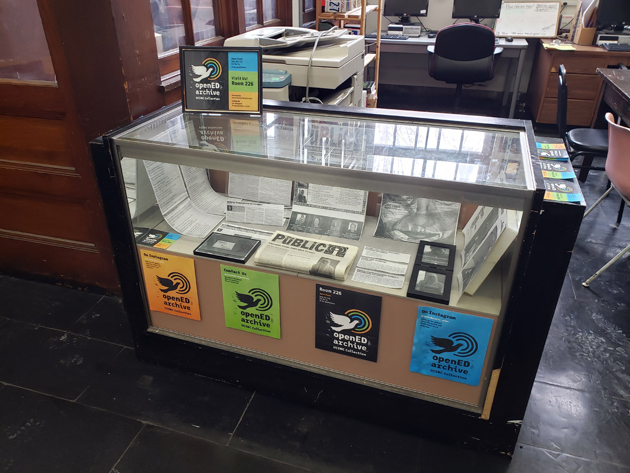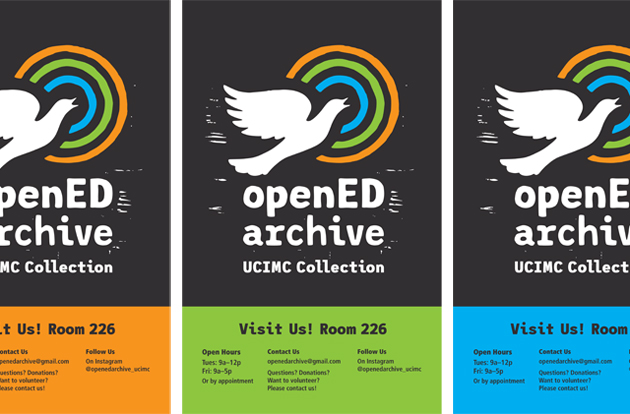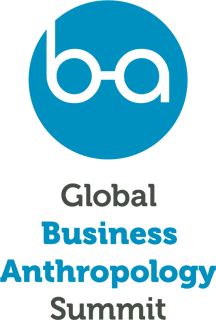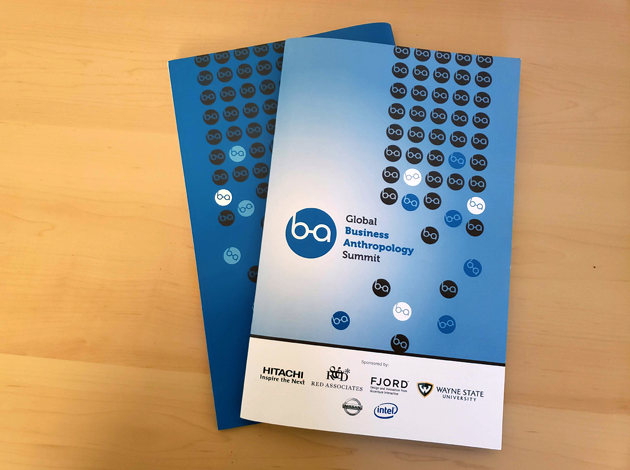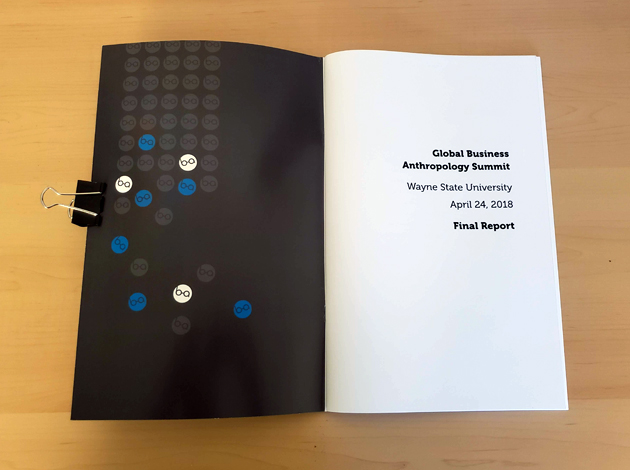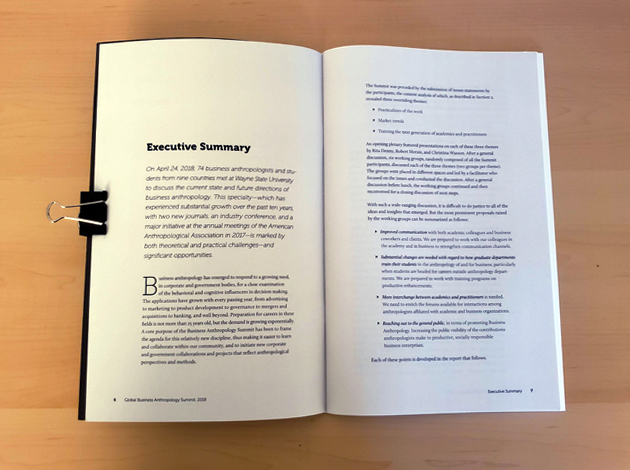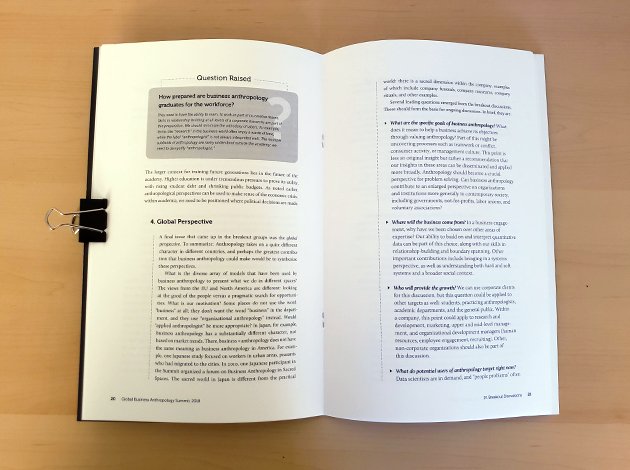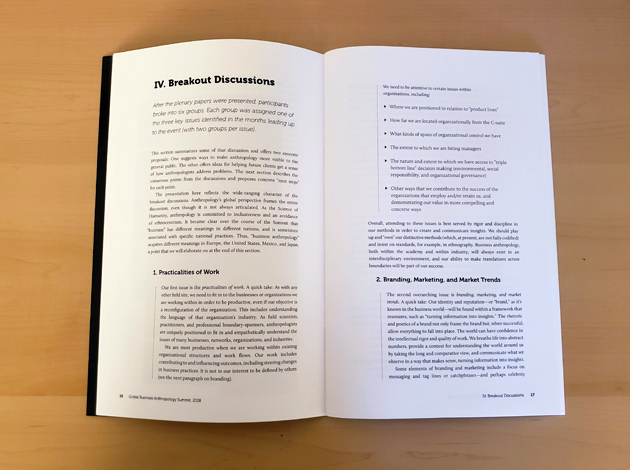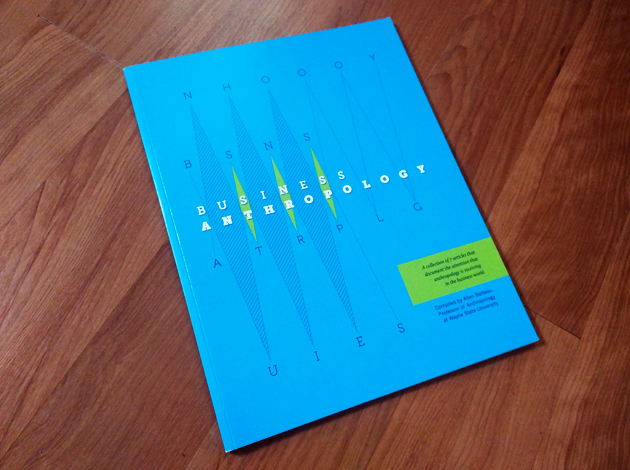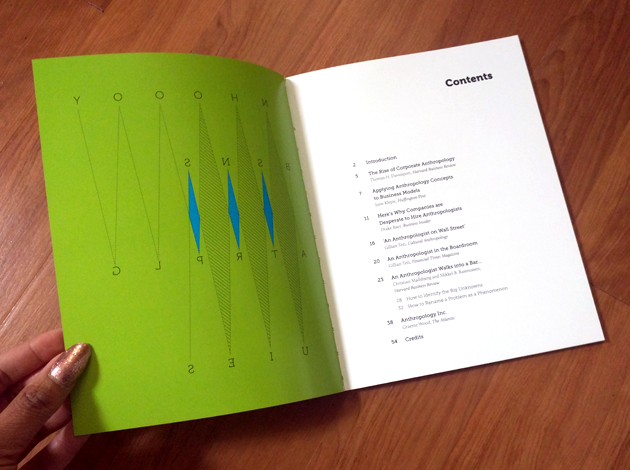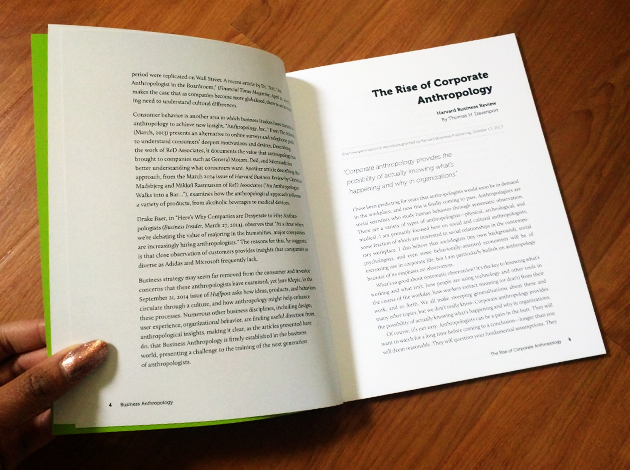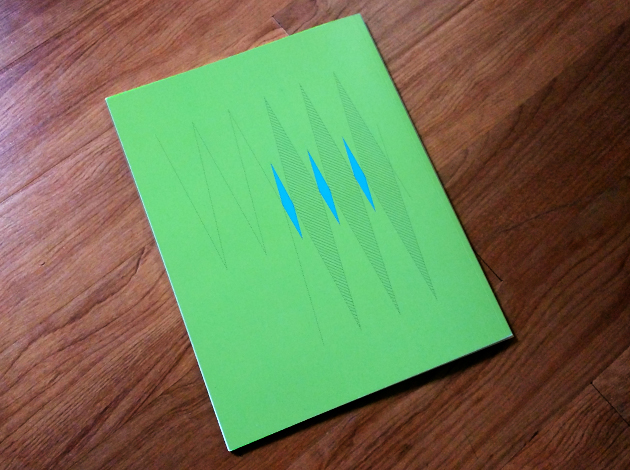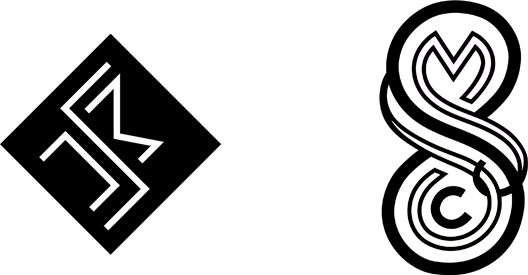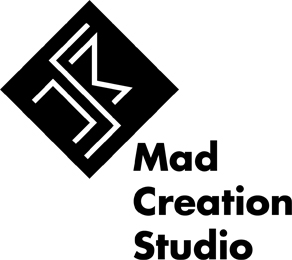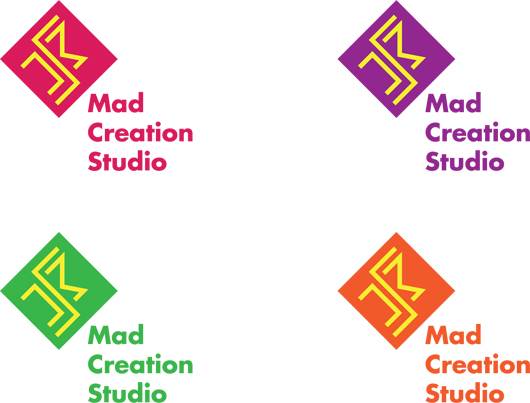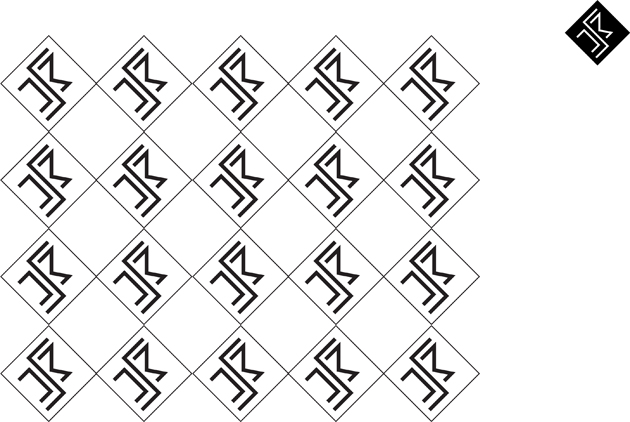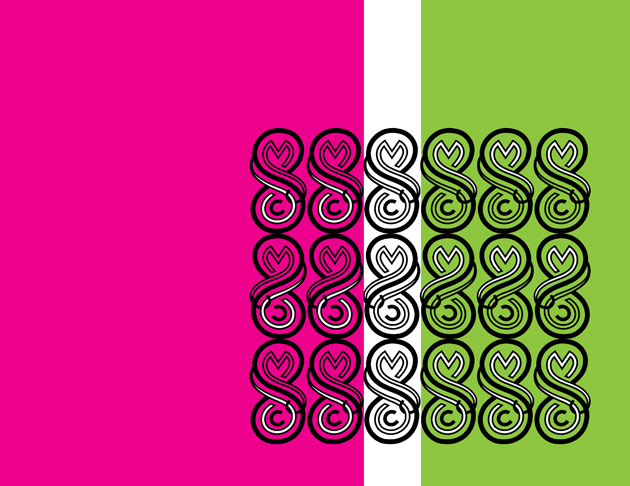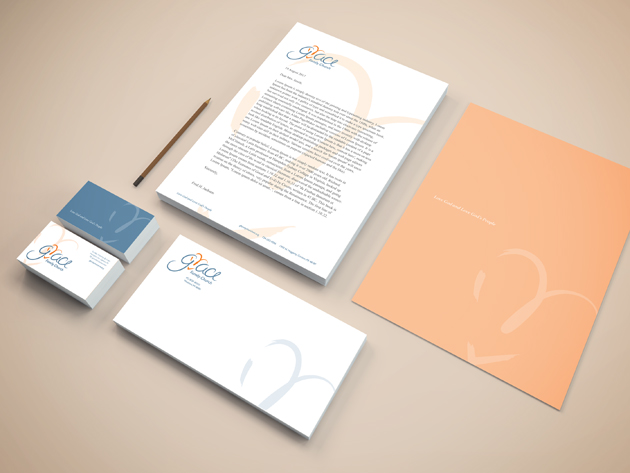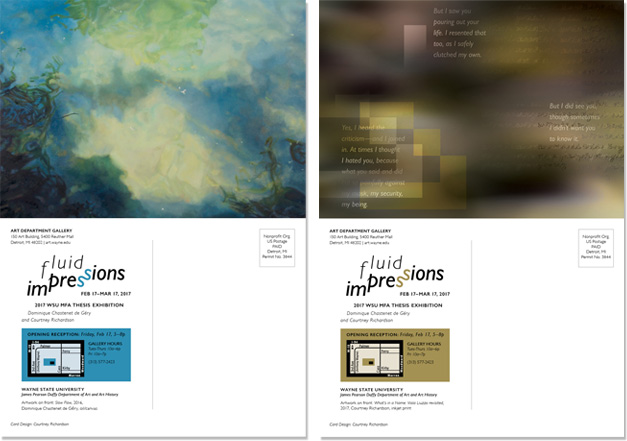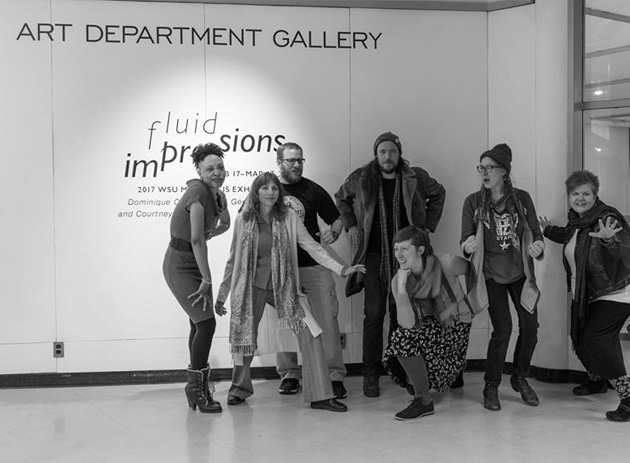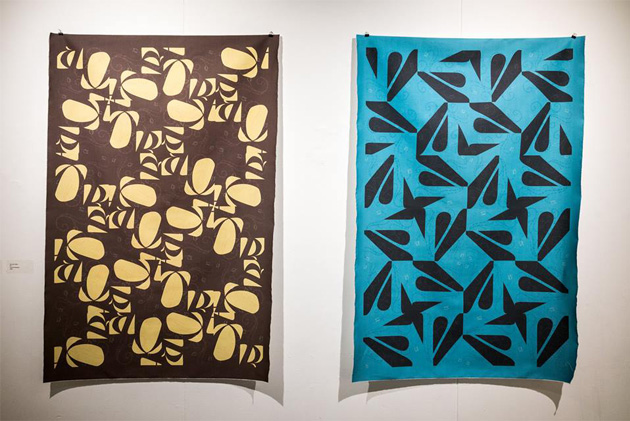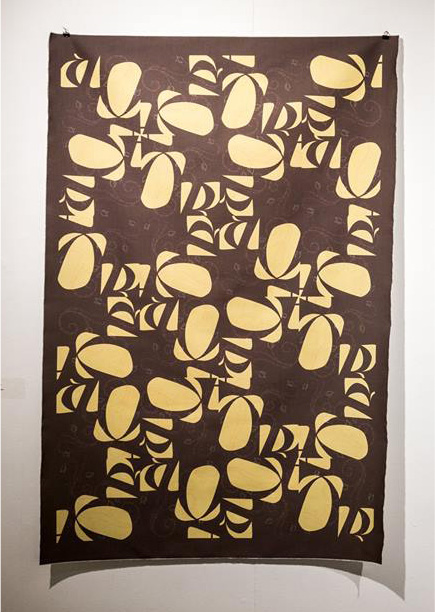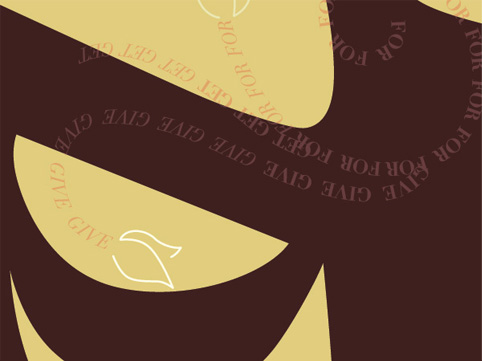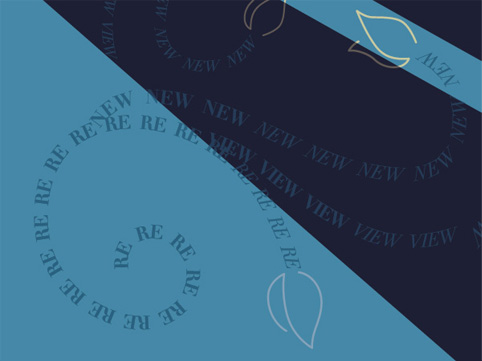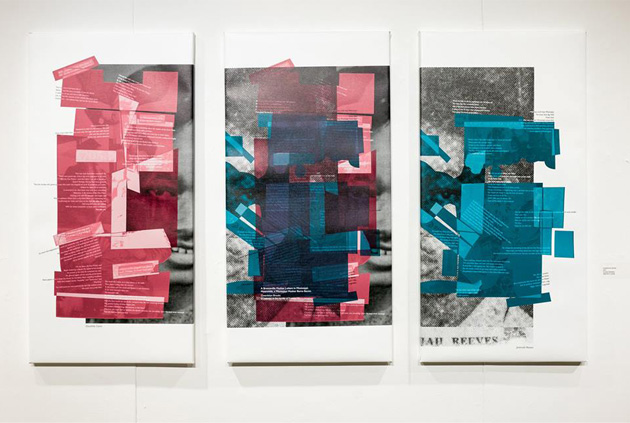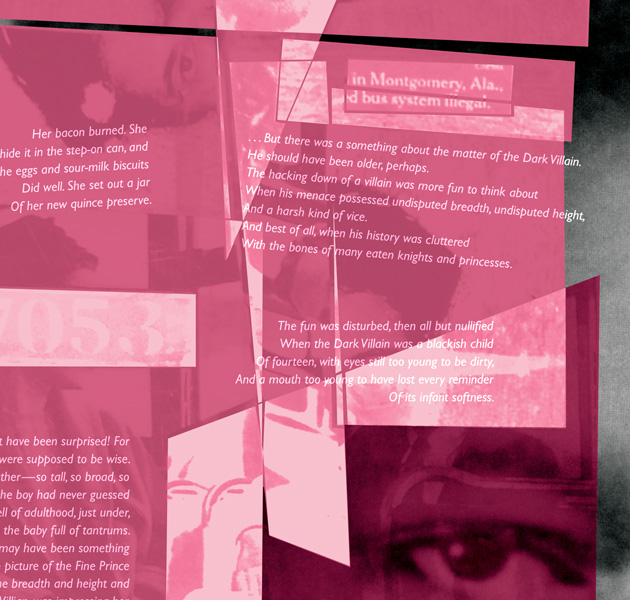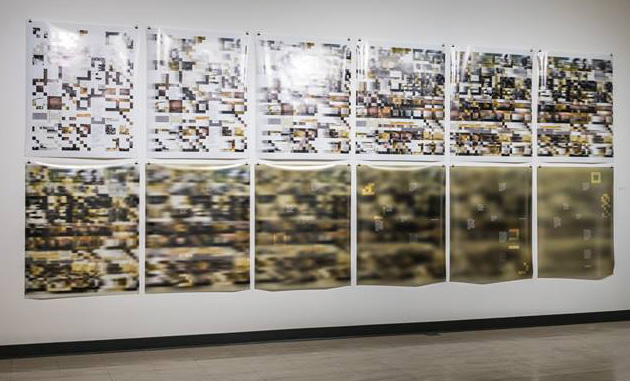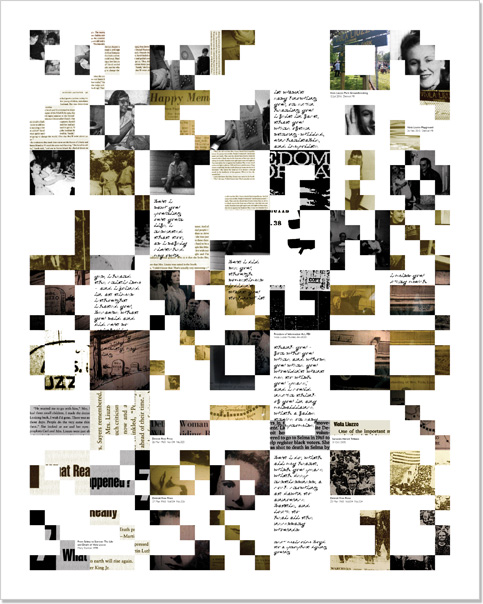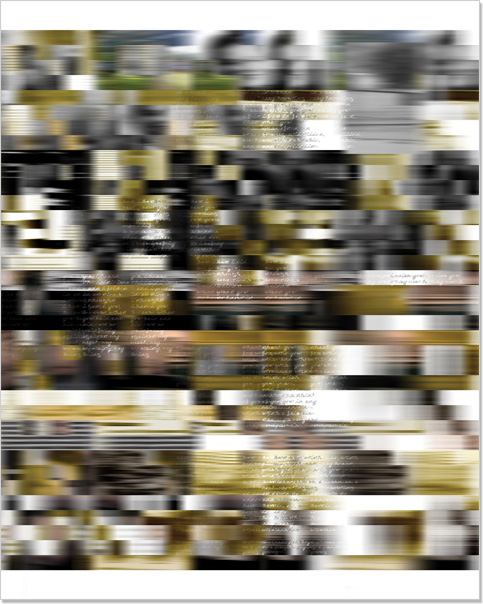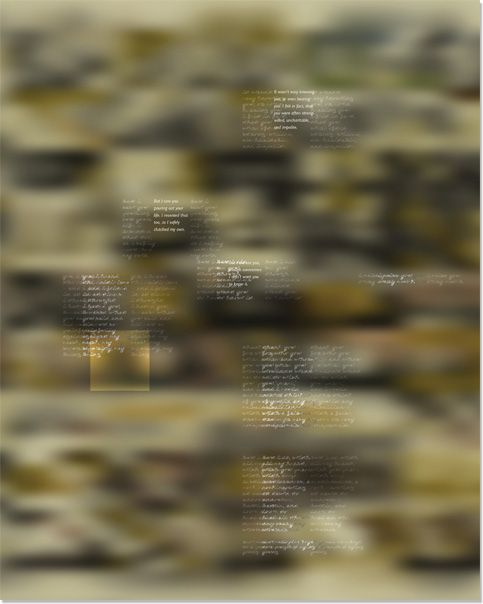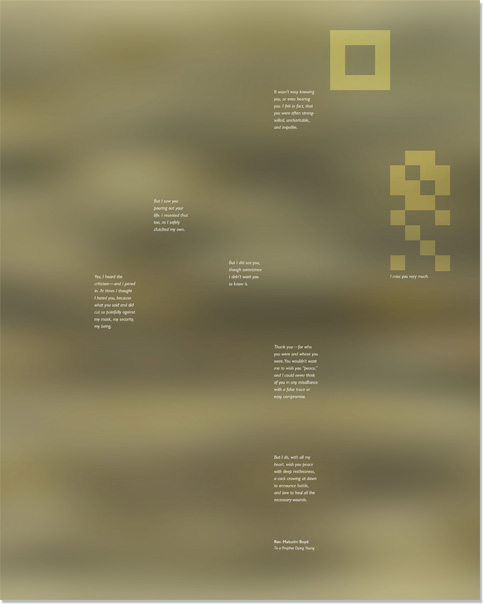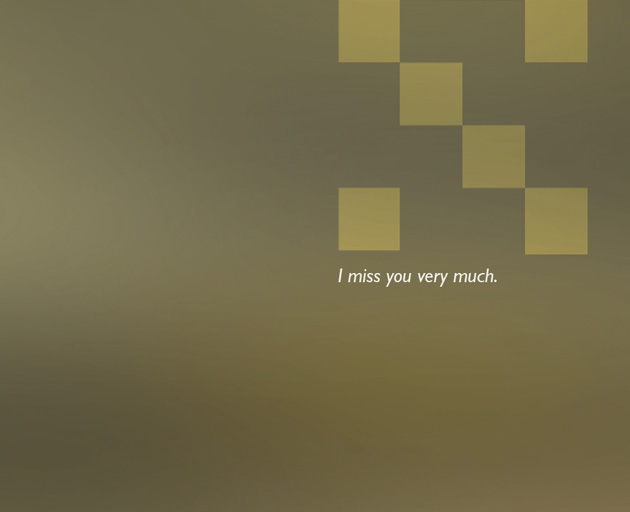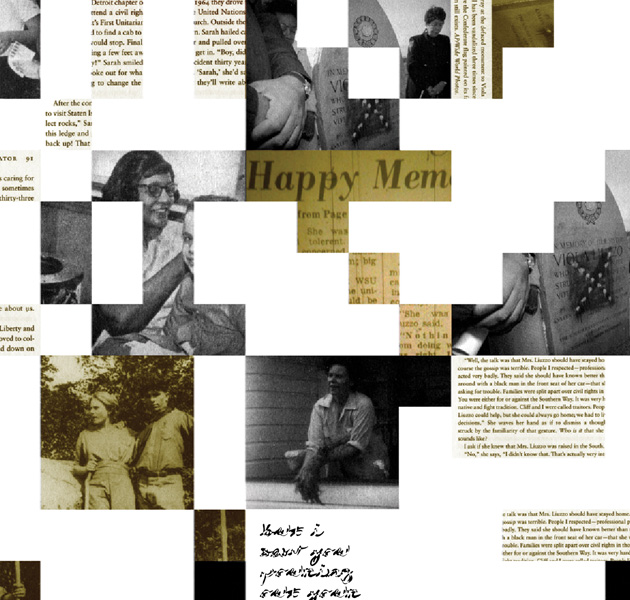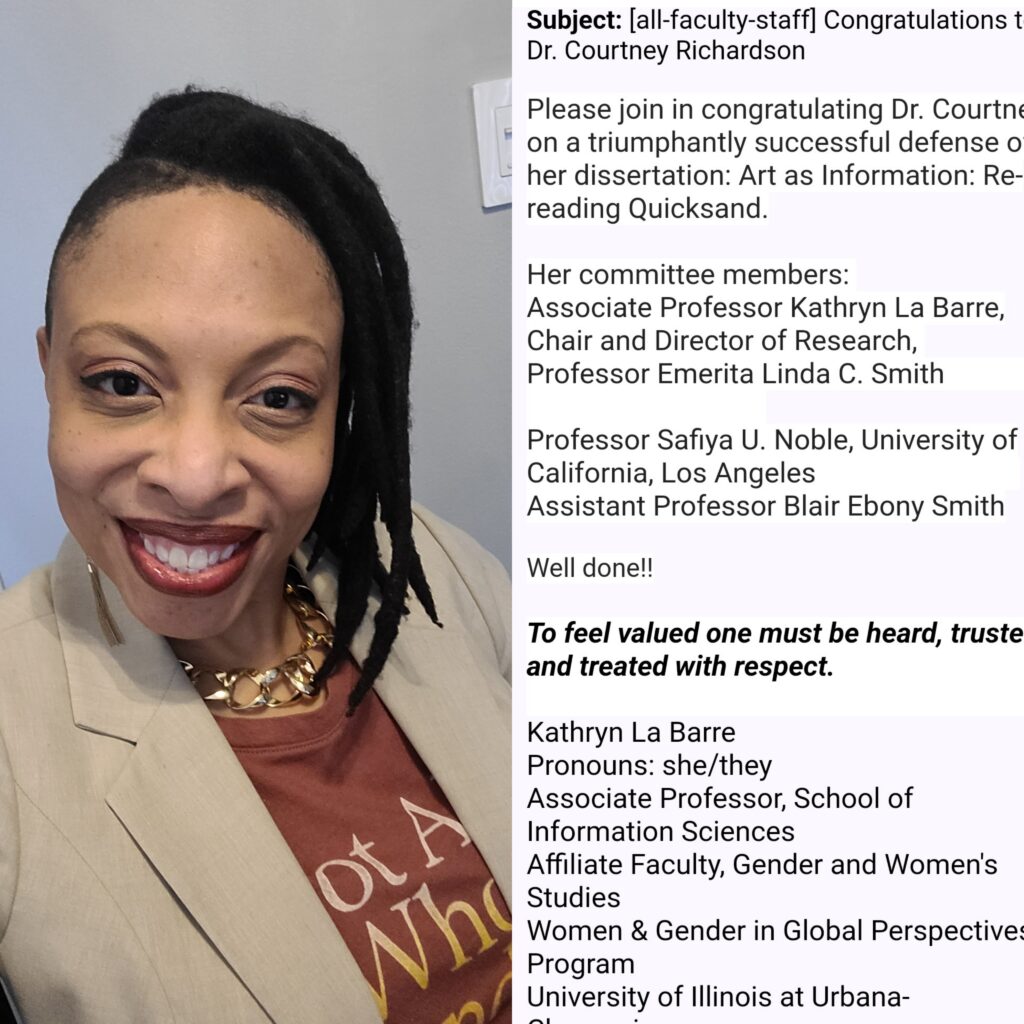
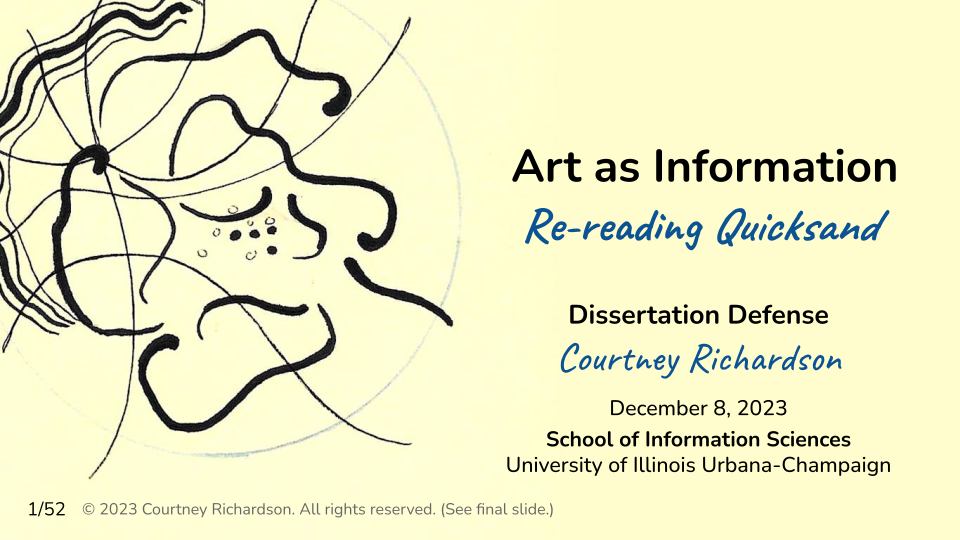
I successfully defended my dissertation, “Art as Information: Re-reading Quicksand” on December 8, 2023! This was the last major step of my PhD program at the University of Illinois, Urbana-Champaign. I am no longer a PhD student or candidate…I am now Dr. Courtney Richardson :). Next steps of my program involve final edits to my draft, depositing the approved version to my department and graduate school, and then graduate in May 2024. (CHEERS!)
Here’s a link to my my school’s announcement: Richardson defends dissertation. This page includes a link to my manuscript draft, but it will soon expire. (Keep an eye out for its publication in 2024.) You can also view my google slide presentation with script.
THANK YOU:
- God/Spirit, Family, and Chosen-Family
- Library and Information Science Comrades
- Art Education Comrades
- Doctoral Committee/ My Dream Team:
- Associate Professor Kathryn La Barre, Chair and Director of Research
https://ischool.illinois.edu/people/kathryn-la-barre - Professor Emerita Linda C. Smith
https://ischool.illinois.edu/people/linda-c-smith - Professor Safiya U. Noble, University of California, Los Angeles
(David O. Sears Presidential Endowed Chair of Social Sciences)
https://safiyaunoble.com/ - Assistant Professor Blair Ebony Smith
(Art Education and Gender and Women’s Studies)
https://www.lovenloops.com/
- Associate Professor Kathryn La Barre, Chair and Director of Research
A few screenshots from my defense/presentation:
(Slides still available for review here.)
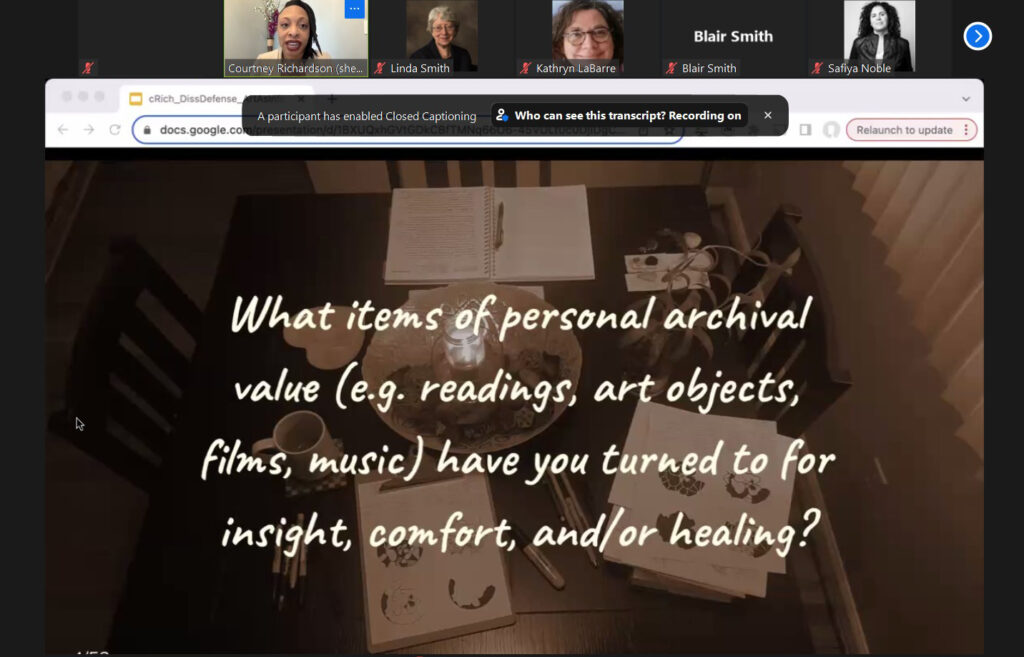
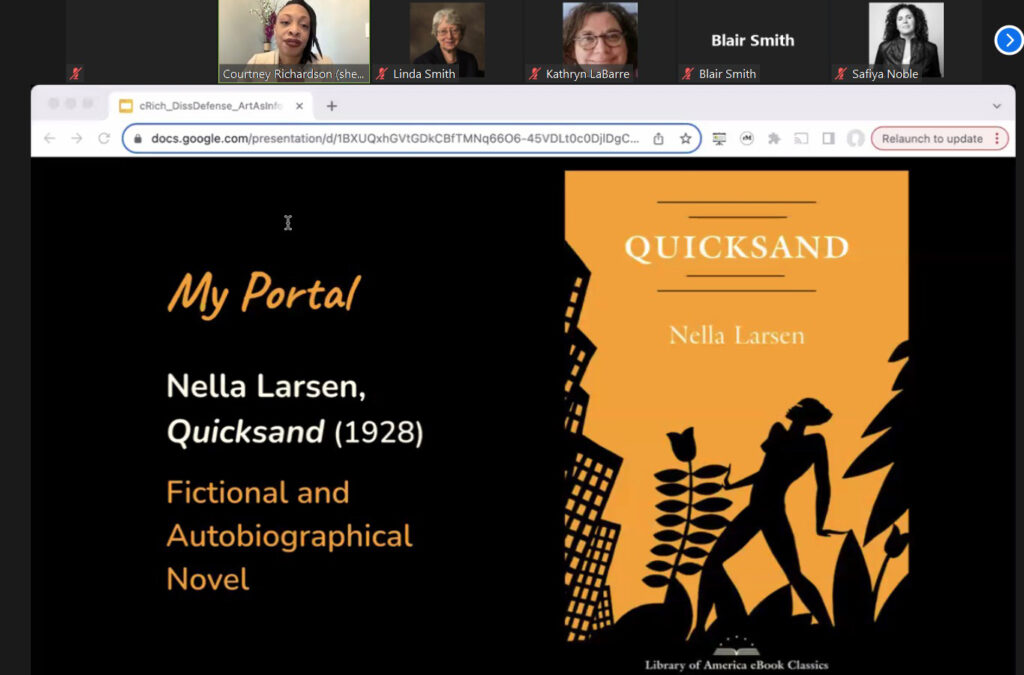
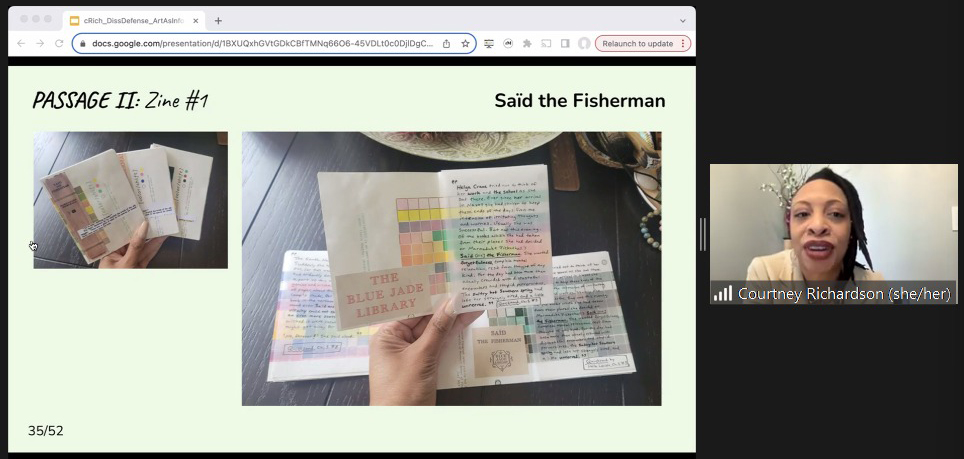
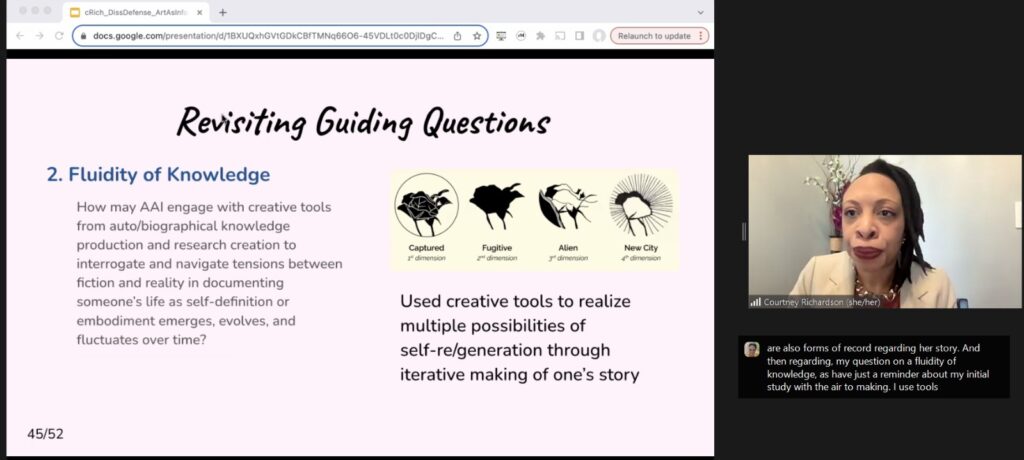
ABSTRACT: Art as Information: Re-reading Quicksand” is a micro-study of an African American cultural narrative through artmaking. Specifically, Courtney demonstrates how art practices—within graphic design and fabric-textile arts—are incorporated into the everyday acts of reading and knowledge production (such as storytelling and personal archiving). This dissertation involves making graphical and textual artworks that reinterpret and analyze stories and archives embedded within Quicksand (1928), a fictional and autobiographical novel by Nella Larsen. Larsen’s life and creative storytelling provide paths for how we may study cultural heritages and knowledges concerning African American womanhood and wellness. Courtney also reintroduces the subfield of Art as Information to examine how we may review such stories that have been historically silenced and disfigured by demonstrating the liberatory aspects of artmaking to intercept and dismantle exploitative narratives affixed to marginalized groups.
[See less academ-icky version here.]
